We recently connected with Allison Sharp and have shared our conversation below.
Allison, appreciate you joining us today. What’s the backstory behind how you came up with the idea for your business?
It didn’t arrive as a cute lightbulb moment. It arrived as an awakening I could not ignore.
For a long time, I operated inside coaching frameworks that rewarded performance over sovereignty. The message, both explicit and subtle was clear: over-nurture people into buying, discount to prove your value, add another template or digital product to “make it accessible,” and soften your directness so you don’t scare anyone away. The cost of that approach was invisible at first. Over time it became obvious: women were abandoning themselves for material success, and I was being asked to do the same.
As a woman of color, the dissonance was sharper. I carried receipts, case studies, outcomes, tangible results and yet I was questioned more. When I spoke with conviction on livestreams, I was labeled “loud” or “too much.” Commenters joked about my tone. The same energy that earned white coaches praise as “confident” and “empowering” got me penalized with lost followers and fewer opportunities. It felt like corporate all over again: nitpicked for how I came off even when I wasn’t being expressive in the slightest. I wasn’t willing to twist myself to fit that standard. By July, I withdrew from the noise and went inward. I asked harder questions than revenue goals and post cadence:
What does sustainability and true wealth look like for women of color?
Can we create significant income without sacrificing our wellbeing or identity?
Is patriarchy a root reason so many WOC feel failed by entrepreneurship?
Are mainstream sales frameworks actually built with WOC in mind?
Can we close $5k–$100k deals while honoring our ancestry, our values, and our history?
Sitting with those questions was not comfortable. It was clarifying. I realized I didn’t want to keep “coaching” women through systems that were dysregulating them. I wanted to architect systems for women who were ready to play at a premium level without abandoning themselves. I made the call: I would end coaching, step into private consulting, and build The SacredSharp Firm. It was a risk on paper. My coaching business had produced over six figures in my first year full time. I had helped hundreds build high-ticket business models and offers. Pivoting meant walking away from a known pattern. But what looked risky from the outside was already certain inside of me. I had proof in my own work and in my clients’ outcomes that a different way not only existed, it performed.
The Double Standard I Refused to Normalize
I want to be explicit about the double standard that fueled my pivot. When a white coach is direct, she’s often framed as assertive and inspiring. When I’m direct, I’m framed as harsh. When she asks for the sale, she’s decisive. When I do, I’m “pushy.” That is not a personal insecurity; it’s a pattern. And when we teach women of color to dilute their voice to “convert,” we’re not teaching sales, we’re teaching self-abandonment. I refused to participate in that. I wasn’t going to coach women to contort themselves into a brand voice that won’t age with their nervous system, their ancestry, or their values. The real work was to help them build business models that matched who they are at the root and still command premium buyers globally.
From Coaching to Consulting: What Changed
1) From holding space endlessly → to designing outcomes precisely.
Coaching asked me to be an ever-present container. Consulting asks me to architect the system, the message, and the buyer pathway that produce results. My clients don’t need more pep talks. They need a premium infrastructure that qualifies the right buyers and moves them to a clear decision.
2) From over-nurture → to 80% sales, 20% nurture.
I stopped teaching women to babysit leads. We build conviction-led ecosystems where your content, offers, and boundaries do the filtering. When your message is piercing, you don’t have to convince. You clarify.
3) From “be for everyone” → to strategic disqualification.
I have never tried to be for everyone and I never will be. My work is deliberately polarizing because polarity protects your time and elevates your clientele. The right buyer knows they’re in the right house before they ever message you.
4) From local validation → to global positioning.
Premium buyers exist everywhere. We design for global discovery: long-form authority, clear offers with defined outcomes, and message-first content that travels. I stopped optimizing for applause and started optimizing for alignment.
5) From hustle-coded DM culture → to structured pathways.
I do not live in my DMs. Qualified buyers move through applications, consultations, and defined containers. Boundaries are part of the product. That’s how you preserve excellence.
My Frameworks and Philosophy
Identity → Message → Content System → Activation Offer → Enrollment.
We start with identity because all misalignment downstream begins upstream. We translate that identity into a piercing message that is emotionally resonant (truth that lands) rather than emotionally driven (hype that manipulates). Then we build a content system that qualifies and disqualifies fast. From there, we craft activation offers and enrollment pathways that lead to $5k–$100k decisions without theatrics.
The Ancestral Wealth Lens.
I don’t separate business from lineage. I ask clients to locate their wealth codes in their story, in what their grandmothers knew about resourcefulness, in what their bodies know about rest and timing. Sustainability is not a motivational slogan, it’s an operational requirement. We create models that you can carry for years without burning down your nervous system.
High-Ticket as a Business Model, Not Just a Price.
A high-ticket business model is not a page of expensive offers. It’s a premium infrastructure: positioning, buyer psychology, offer architecture, delivery excellence, and clean boundaries. You can absolutely hold a $100 membership if it serves a strategic function, data, segmentation, proof of resonance, while your primary revenue and focus come from premium buyers. We design the whole ecosystem.
What Happened When I Chose This Path
My audience recalibrated. Some left. I watched numbers dip while sales quality and client caliber rose. That trade made me wealthier in every way. I stopped over-explaining on Lives and started treating my channels like a premium archive. I restructured my website, tightened every CTA, and removed access points that invited misaligned conversations. Most importantly, I felt my nervous system exhale. I wasn’t performing. I was leading. Clients responded. Women came in ready to build real companies, not content machines. We designed clear offers with measurable outcomes. We clarified messages until they cut through industry noise. We built buyer pathways that respected their time and positioned them globally. They signed premium buyers not because they begged, because they were understood.
Why It Was Worth the Risk
I didn’t pivot to be trendier. I pivoted to be truer. I wanted to free my lineage from cycles of overwork and under-earning disguised as “service.” I wanted women of color to see themselves as architects of economies, not performers in someone else’s funnel. I wanted to make money in a way that lets me sleep at night and look my future daughter in the eyes. I had already produced over six figures in my first full-time year by building and selling my own high-ticket offers. I had already helped hundreds do the same. The risk was not moving to consulting. The real risk was staying in a system that required me to abandon myself to succeed.
What I Do Now
Through The SacredSharp Firm, I work privately with established coaches, consultants, and service-based founders to:
Architect $5k–$100k offers with clear, defensible outcomes ✓
Build a piercing, values-aligned messaging system that qualifies and disqualifies on sight ✓
Design premium buyer pathways that lead to decisive enrollments ✓
Align business models with ancestral wealth codes and nervous-system sustainability ✓
Position for global buyers rather than local validation ✓
It’s exacting work. It’s premium work. And it’s the work I was born to lead. I didn’t come up with an “idea.” I answered a calling. The calling was to build a premium, woman-led firm that refuses to replicate the systems that dysregulate us. To design high-ticket businesses where wealth and wellbeing are not at odds. To sell with clarity, to lead with conviction, and to honor the women who are ready to be fully themselves and fully resourced. That’s how the idea formed. That’s why I took the risk. And that’s why I’m not going back.
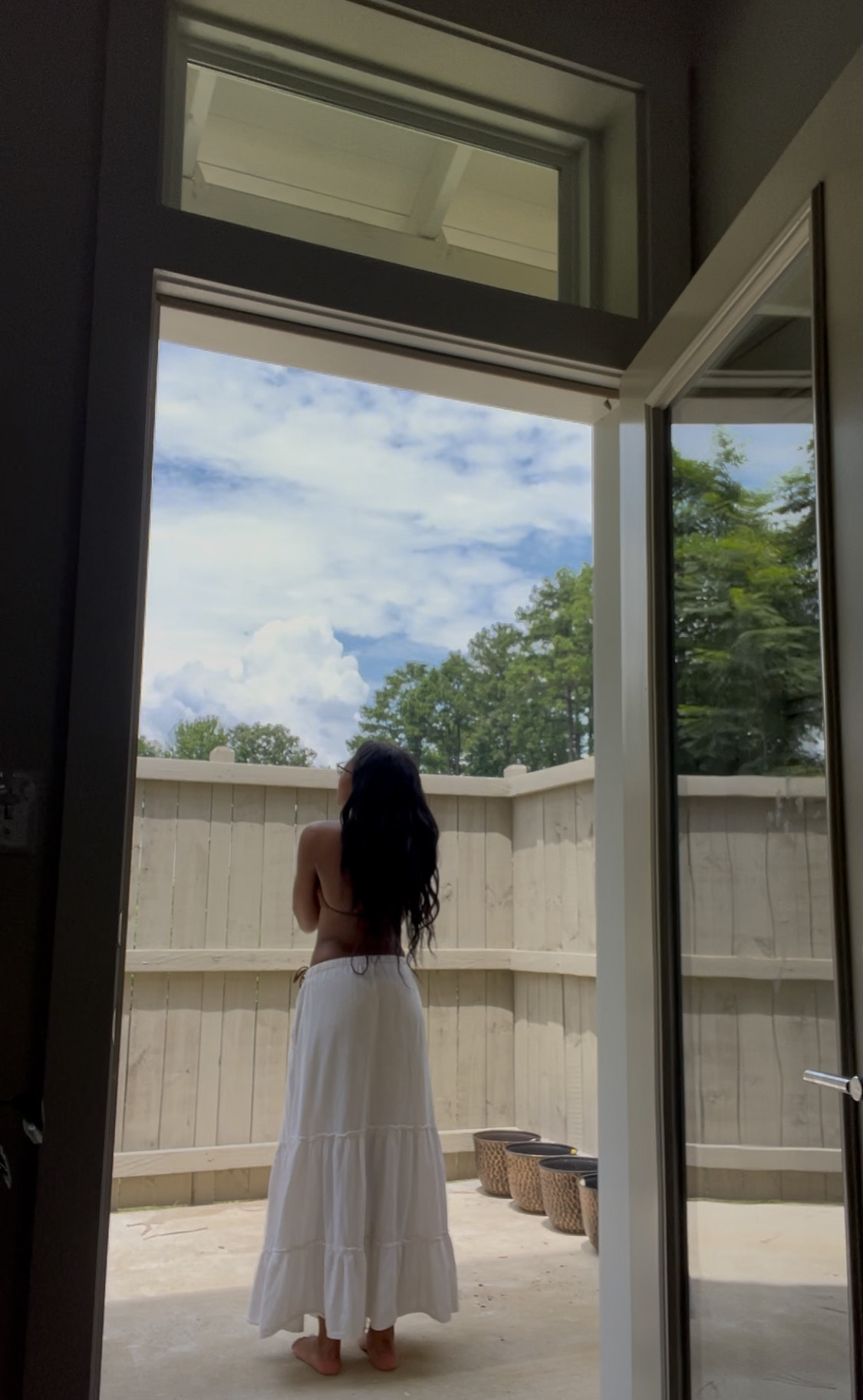
Awesome – so before we get into the rest of our questions, can you briefly introduce yourself to our readers.
I’m Allison Sharp, Founder & CEO of The SacredSharp Firm. I call myself a private consultant and offer architect because that’s exactly the work I do, I help established coaches, consultants, and service-based founders architect $5k–$100k offers, refine their messaging systems, and build business models that are premium, sustainable, and aligned with their values and ancestry.
My path here wasn’t linear. Like many, I started out in the coaching industry. My business scaled quickly, I made over six figures my first year full-time and helped hundreds of women build high-ticket offers. But even with that early success, I felt a deep dissonance. The traditional coaching frameworks I had been taught encouraged women to abandon themselves for material success. We were told to over-nurture prospects, discount constantly, sell endless digital products to “prove” our value, and dilute our directness because it might push people away.
As a woman of color, those dynamics were amplified. I was frequently nitpicked for my tone and expression and labeled “too strong” or “too much” for showing passion, while watching white coaches receive praise for the very same behavior. I had left corporate America to avoid that double standard, only to find it mirrored back in entrepreneurship. It left me questioning: Why are women of color asked to perform in ways that silence our strength, and can we truly build sustainable wealth without abandoning who we are?
In July, after a month of deep reflection, I made a pivot that would change everything. I transitioned out of coaching and into private consulting. I founded The SacredSharp Firm with a clear mission: to help women design premium businesses that honor their ancestry, protect their nervous system, and still command global $5k–$100k buyers. What sets my work apart is that I don’t just teach sales tactics, I build systems. My clients don’t come to me for more motivational coaching. They come because they’re ready to build conviction-led infrastructures:
Clear, defensible $5k–$100k offers that deliver measurable outcomes. ✓
Piercing messaging systems that qualify and disqualify buyers instantly. ✓
Premium buyer pathways that eliminate over-nurture and close decisively. ✓
Business models rooted in ancestral wealth codes, not patriarchal formulas. ✓
I’m most proud of how my work liberates women. My clients often tell me it’s the first time they’ve been able to stand in their full authority without apology. They leave with more than a business model, they leave with an identity recalibration that changes how they lead, sell, and live. What I want people to know about me and my brand is simple: I’m not for everyone, and that’s intentional. The SacredSharp Firm is not a volume-based coaching brand. It’s a private consulting firm built for women who are ready to play at a premium level, sign global buyers, and build wealth in a way that honors their values and their history.
If there’s one thing I want potential clients or readers to walk away with, it’s this: You don’t have to sacrifice yourself to succeed. You don’t have to abandon your voice, your stance, or your ancestry to make money. You can build a business that is high-ticket, highly profitable, and deeply aligned with who you are, and that’s the work I lead every single day.
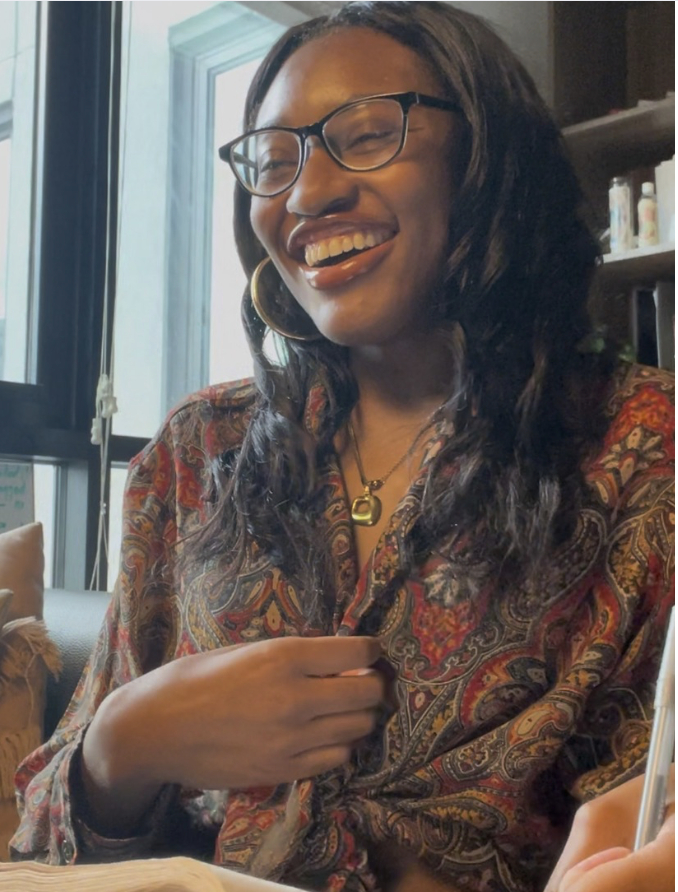
Learning and unlearning are both critical parts of growth – can you share a story of a time when you had to unlearn a lesson?
One of the biggest lessons I had to unlearn is that success doesn’t have to be built from survival or sacrifice to be valid.
When I transitioned from corporate banking into coaching, it wasn’t glamorous. I had been laid off. I wasn’t in contact with my family at the time, so I had no safety net. No job. No family. Nothing. I had to make my part-time coaching “hustle” into a full-time profession because survival depended on it.
I was traumatized from experiencing job loss and not having anyone to fall back on, but that season built resilience in me like nothing else. I remember being on LIVEs, sharing openly about my journey of being alone, building my business from scratch, and “figuring it out” with no backup plan. And while my honesty connected with people, I began to notice something: the audience I was attracting, and the buyers I was nurturing, were rooted in the same pain I was leading with.
My story became my brand, “the girl who had no safety nets but made six figures in her first year.” It worked, but it also boxed me in. It created a buyer caliber that resonated with struggle, not sovereignty. And at some point, I realized I didn’t want to keep leading from pain just to remain “relatable.” By early 2025, everything shifted. Me and my family reconnected. My mother and I became best friends. I finally felt supported in ways I hadn’t allowed myself to before. For the first time, I didn’t need to cling to the identity of the girl with no safety nets. But I was afraid: If I let go of that part of my story, would I still be relatable? Would my success still matter if it wasn’t rooted in pain?
The truth is, I had to unlearn that. I had to unlearn the belief that entrepreneurial stories only “count” when they are rooted in trauma, sacrifice, or suffering. I had to unlearn the idea that in order to be seen as strong, I had to keep re-opening my scars in public. I had to unlearn that my buyers would only resonate with me if I showed them my hardships.
What I’ve learned instead is this:
You can be successful and still have a good family. ✓
You can build your business from joy and alignment, not just survival. ✓
You don’t have to listen to mainstream gurus or follow patriarchal tactics. ✓
You can hold polarizing opinions and stand firm in your values. ✓
You don’t have to share every personal detail online to enroll premium clients. ✓
You can pivot when you feel called. ✓
You don’t have to do sales calls, cold DMs, or chase virality. ✓
You don’t have to explain yourself daily to your audience. ✓
You can raise your price quietly and still sign the best $5k–$100k buyers. ✓
In July, when I transitioned from coaching into private consulting and founded The SacredSharp Firm, it all came together. That internal pivot releasing the need to lead with pain was what finally freed me to attract buyers who wanted sovereignty, not just survival. Now, I run a consulting firm that helps women build premium business models rooted in their ancestry, their values, and their joy. The lesson I carry is this: wealth can be built in ways that are healing, joyful, and sustainable. Your story does not have to be a trauma badge to be powerful.
That’s what I had to unlearn and that’s what makes the work I do today even more meaningful.
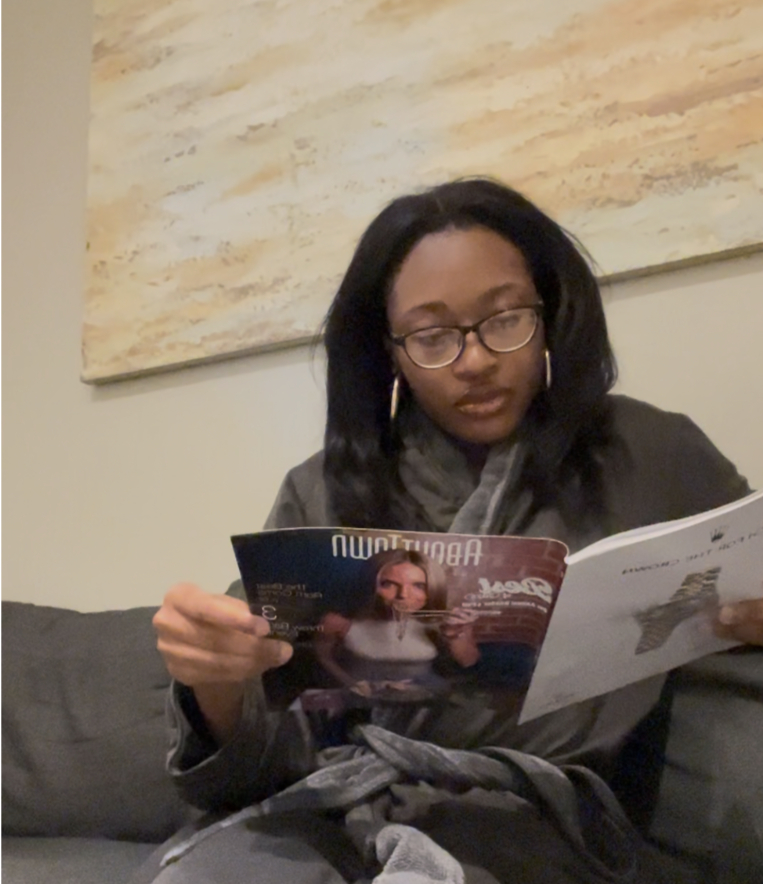
Can you share one of your favorite marketing or sales stories?
I’ve had a mentor whom I deeply admired. This One, in particular, shaped so much of my early growth that I treated her words like gospel. I listened. I implemented. I respected her leadership and the way she moved. For a long time, that mentorship felt like a blessing. But as my own voice got louder and clearer in public, the air shifted. I would share, boldly, what I was building: a premium, high-ticket model rooted in sovereignty, not hustle. I’d talk about $5k–$100k buyers, message-first ecosystems, conviction over over-nurture. And then, not long after I spoke, I’d hear her address the room with a take that sat directly across from mine. My discernment clocked it immediately. I wasn’t paranoid. I was being used as a public “teaching moment.”
It created an internal wobble because I still honored her. I still wanted to be a good mentee. She kept insisting mixed-tier was the safest path, “sell courses, stack digital products, add freebies, and keep high ticket too.” But I knew in my bones that my work loses integrity when it’s shrunk into templates and freebies. I don’t produce content snacks. I architect transformations. The more I tried to fit that depth into a low-tier box, the more misaligned and dysregulated I felt.
Sitting in her containers started to feel like sitting in clothes I had outgrown, still beautiful, but tight in all the wrong places. I didn’t want to disrespect her or flame out dramatically, so in July I did the most honoring thing I could do for both of us: I stepped back. I sent a voice note, clear, kind, loving. I told her I needed time for deep contemplation, that I still cared for her, and that I might return, but right now I had to follow where my conviction was taking me.
I exhaled. I doubled down on the decision I’d been circling for months: go all-in on high ticket. No half-measures. No “just in case” offers. No shrinking my methodology into a $47 download to be more palatable. High-ticket architecture. Piercing messaging. Premium buyer pathways. Boundaries as part of the product. I genuinely believed we had found common ground, mutual respect even in divergence. Then I opened social media and saw she had unfollowed me. The sting was real. It wasn’t about a follow. It was the message baked into that gesture: If you don’t structure your business my way, you’re no longer “in.” I chose to protect my heart and my focus and blocked her. Not out of malice, out of stewardship. My channel needed to be clean if I was going to lead women into a truer model of wealth.
And here’s where the “sales story” part lives:
I lost some audience volume. ✓
I watched a handful of “maybe someday” buyers drift away. ✓
I felt the quiet you feel when you stop playing to the middle. ✓
Then the right women started arriving. ✓
They weren’t asking me to lower my price, prove my value, or teach them how to churn out digital products they’d resent later. They came in decisive, resourced, and ready to be led. The first conversations weren’t about “Can you convince me?” They were about capacity, vision, and timeline. Buyers closed faster. Deliverables got sharper. My calendar got cleaner. My nervous system finally rested. What felt like a marketing risk, turning down the “safe” mixed-tier model endorsed by a mentor I adored, turned out to be one of the most profitable and peace-filled decisions I’ve ever made. I didn’t just pull off a sale against the odds; I re-wrote the odds by aligning my model with my values.
Why this “risk” worked
1) Message integrity > market appeasement.
Depth doesn’t belong in discount bins. When the format undermines the method, you create buyer confusion and self-resentment. I removed the formats that diluted my authority.
2) Premium pathways qualify for you.
A piercing message and a clean pathway disqualify misaligned buyers on sight. I stopped doing emotional labor in the DMs and let the system do the sorting.
3) Boundaries convert.
When you stop offering endless access and “just in case” entry points, premium buyers interpret that as leadership. Scarcity theater is fake; clear scope is premium.
4) Identity leads pricing.
I didn’t raise prices and then hunt for an identity to match. I anchored identity first, then set pricing in alignment. That’s why the sales felt inevitable, not forced.
What I felt in the moment
I felt the ache of losing a mentor’s visible support and the relief of breathing in my own oxygen. I felt righteous anger at the double standard women of color face when we’re direct and the deep pride of being unshakeable anyway. I felt the grief of endings and the clean, electric certainty of becoming.
What I’d tell any woman reading this
If your model requires you to abandon your method, your message, or your nervous system, that “safety” is a liability. You are allowed to build the house that fits your calling not the hallway that fits the crowd. You can be private. You can be polarizing. You can sell exclusively at $5k–$100k. You can raise your prices without a dissertation. You can stop explaining yourself daily and still sign your best buyers. That’s the sale I closed when the odds looked stacked against me: I sold myself on my own vision. And once I did, the market adjusted.
Contact Info:
- Website: https://businessleaderallison.com
- Instagram: https://www.instagram.com/businessleaderallison/
- Linkedin: https://www.linkedin.com/in/allison-sharp-267aab2b4
- Youtube: https://www.youtube.com/@Businessleaderallison
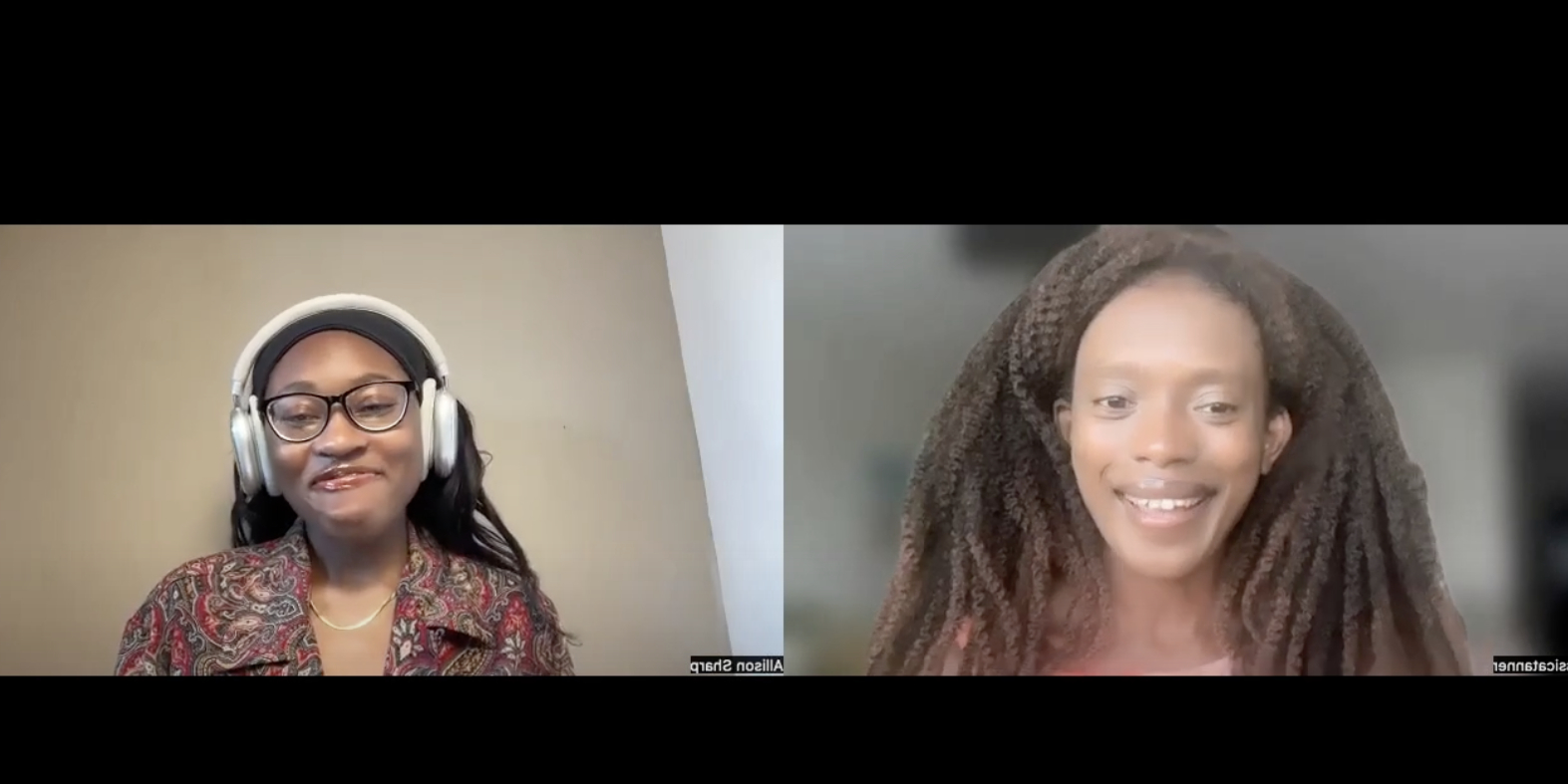
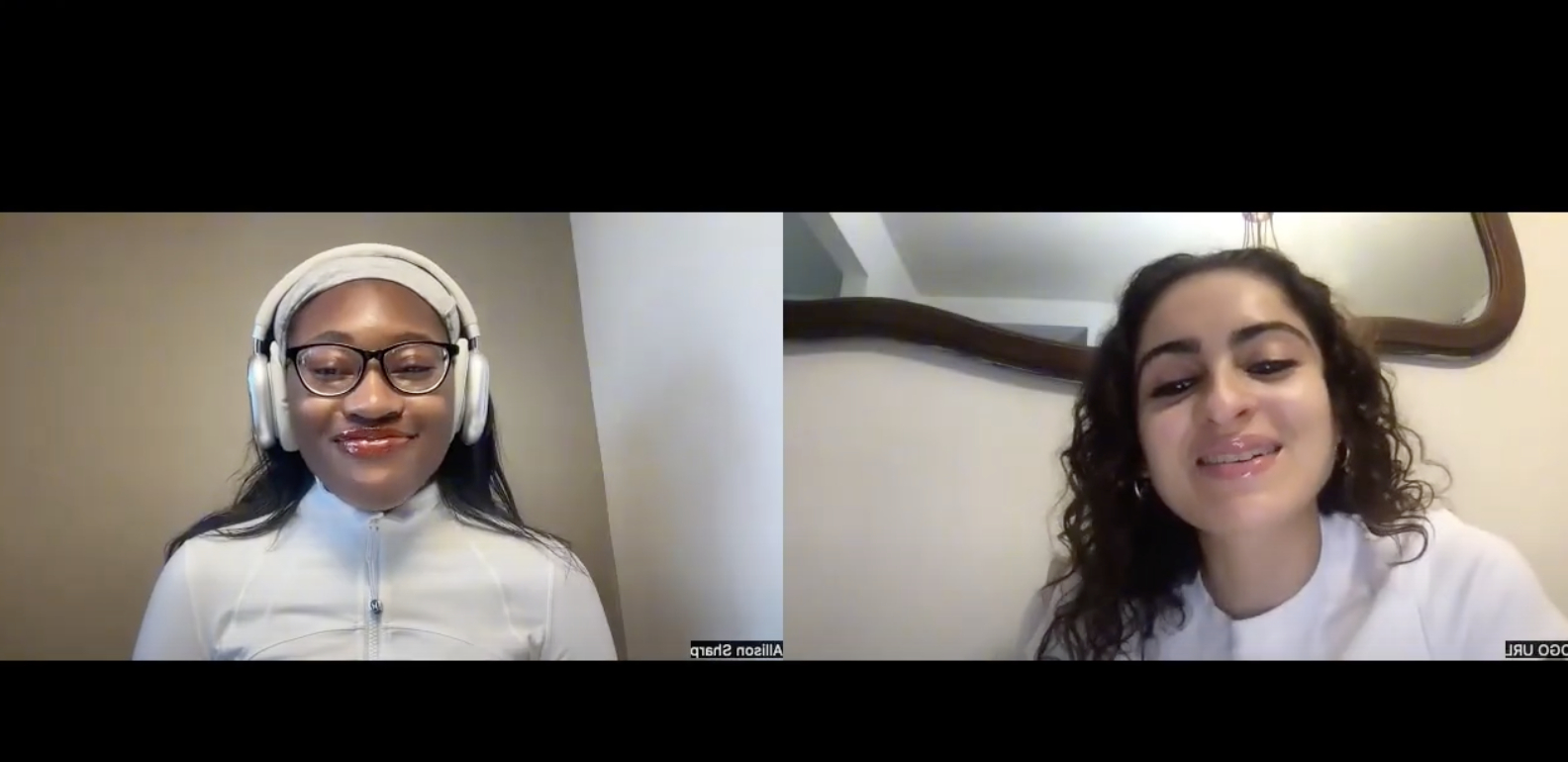
Image Credits
Image Credits: Allison Sharp
Client: Madison Valdez (Down, Right Corner)
Client: Jessica Tanner (Down, Left Corner)


